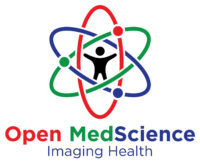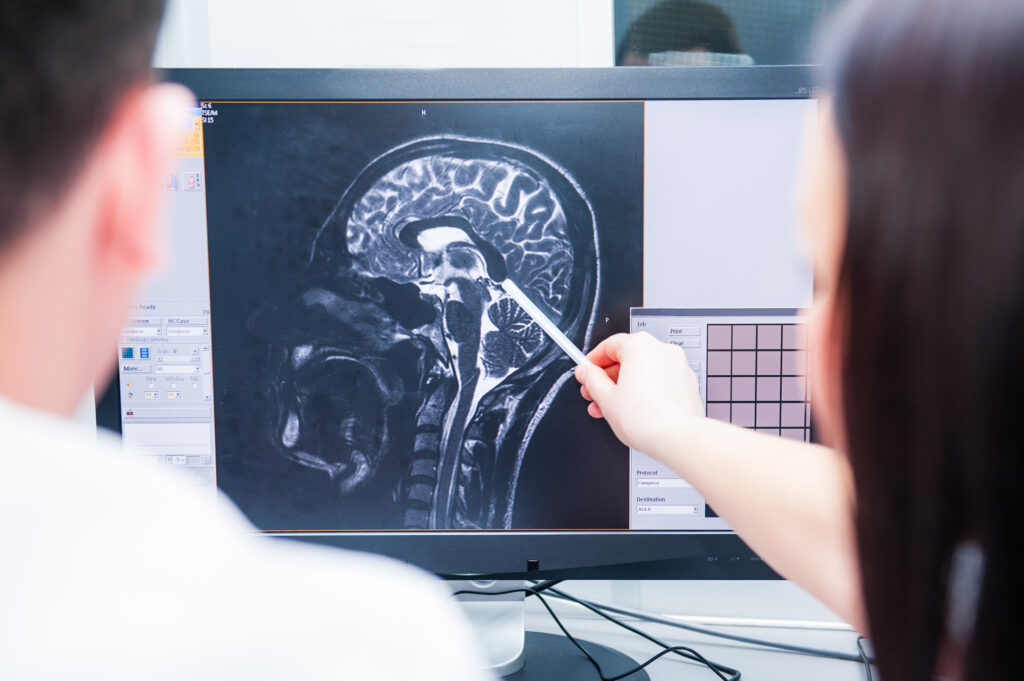Medical education has long followed a rigid path, often excluding those who didn’t fit the conventional mold. Today, alternative pathways are creating opportunities for more diverse candidates—those often overlooked by traditional routes. This shift is crucial, as a broader range of voices and experiences can enrich healthcare and lead to more holistic patient care.
Imagine a training environment where anyone, regardless of background, can thrive. Community-based programs, online courses, and accelerated tracks now offer accessible options for students with unique perspectives and life experiences. These paths value non-traditional qualifications, practical skills, and varied educational backgrounds.
So what does this mean for healthcare’s future? A diverse workforce can better address health disparities and spark innovation in care. This inclusive approach ensures the medical profession reflects the communities it serves, ultimately improving outcomes and promoting equity.
Understanding Alternative Pathways in Medical Education
Exploring different educational pathways can broaden accessibility to medical careers, offering diverse entry points to aspiring students. Popular non-traditional routes allow flexibility and accommodate varied educational backgrounds, supporting a more inclusive approach.
What Are Alternative Pathways?
Alternative pathways to medical education offer different routes for reaching medical school admission without traditional prerequisites. These options are designed to cater to students from varying educational backgrounds, including those who may not have completed a standard pre-medical curriculum.
They often provide foundational knowledge and necessary skills through alternative qualifications. Sometimes, these pathways involve distance learning or part-time study, enabling you to balance commitments. By broadening the access criteria, they help in diversifying the medical profession.
Common Types of Non-Traditional Routes
Among the diverse non-traditional routes, the Access to Higher Education Diploma is a prominent option. Programs like the Online Access to HE Diploma for Medicine prepare you for medical school while accommodating other responsibilities.
Other pathways might include post-baccalaureate programs, which help students meet medical school prerequisites they missed during their undergraduate studies.
Additionally, international qualifications or mature student entries provide further avenues. These routes offer you flexibility in education, making it feasible to pursue your medical aspirations despite previous educational or career paths.
Why Inclusivity Matters in Medical Training
Inclusivity in medical training creates opportunities and encourages diversity within the healthcare system. It helps build a workforce capable of addressing the needs of diverse populations.
Bridging Opportunity Gaps for Aspiring Doctors
Breaking Barriers: Many aspiring doctors face challenges, such as financial constraints or lack of access to resources. By developing alternative pathways, you contribute to lowering these barriers. This results in more students having the chance to pursue a medical career, regardless of their background.
Programs and Support: Offering scholarships, mentorship, and flexible learning options—like community college partnerships—creates a more accessible medical field. These initiatives foster an inclusive environment where determination and talent take precedence over circumstances.
Fostering Diversity in the Healthcare Workforce
Improving Patient Outcomes: A diverse healthcare workforce enhances patient care. When you see providers who understand your cultural and linguistic needs, communication improves, leading to better health outcomes. Patients feel more comfortable and understood, resulting in higher satisfaction.
Reflecting Society’s Needs: Diversity among medical professionals also ensures healthcare systems better reflect the population they serve. This promotes innovative problem-solving and addresses specific health disparities within various communities. As an aspiring doctor, you become part of driving positive change and contributing to a more equitable healthcare landscape.
Success Stories and Positive Impact
Alternative pathways in medical education are reshaping careers and offering new hope to those dreaming of becoming a part of the healthcare field. Through innovative programs and flexible approaches, these pathways are proving effective by fostering diversity and helping students overcome traditional barriers.
Real-Life Outcomes from Alternative Pathways
Alternative pathways have opened doors to medical careers for many individuals facing financial, geographic, or academic barriers.
For example, programs like community-based training allow students to learn in their hometowns, reducing relocation costs and supporting local healthcare. Students from underrepresented groups find significant opportunities, increasing diversity in the medical field, enhancing cultural competence, and improving patient outcomes.
Alternative routes, such as accelerated programs, benefit adult learners and career-changers, reducing the time required to join the workforce. Statistics show that graduates from alternative pathways are successful in residency matches and often return to underserved areas, filling vital roles where they are most needed.
Voices of Students and Educators
Students and educators praise alternative pathways for their flexibility and support. Many students share how these programs helped them balance family, work, and study.
One student noted, “This pathway allowed me to pursue my dream without sacrificing my family responsibilities.” Educators emphasize how diverse perspectives enrich classroom discussions and patient care approaches.
Feedback indicates that these pathways foster strong mentor-student relationships, critical for career development. Educators report high satisfaction levels as they witness students blossom into competent and compassionate practitioners, ready to tackle the challenges of modern healthcare.
This personal connection resonates deeply with those committed to equitable medical education.
Looking Forward: The Future of Inclusive Medical Education
In transforming medical education, emerging innovations promise to make the field more diverse and equitable. Institutions and policymakers play a pivotal role by implementing these innovations effectively.
Innovations on the Horizon
Technology is central to the future of inclusive medical education. Virtual reality (VR) simulations offer realistic training scenarios, allowing students from diverse backgrounds to learn critical skills without the need for expensive equipment. This technology democratizes access to high-quality training.
Telehealth advances also provide flexibility, enabling students from remote or underserved regions to engage in clinical experiences without relocating. Online courses and resources can be tailored to meet diverse learning needs, breaking down traditional barriers to education.
Additionally, AI-driven tools help personalize education, adapting teaching methods and content to individual learning styles. This personalized approach supports students who might struggle in conventional settings, enhancing both understanding and retention of information.
How Institutions and Policymakers Can Help
Institutions can widen access by offering scholarships and financial aid targeted at underrepresented groups. This encourages participation from diverse demographics. Establishing mentorship programs connects students with experienced professionals, providing guidance and support throughout their education.
Policymakers can drive change by implementing policies that prioritize inclusivity in admissions and curriculum development. This requires a commitment to tracking and evaluating diversity metrics, ensuring that improvements translate into tangible outcomes.
Encouraging partnerships with community organizations can foster support networks, better addressing the unique challenges faced by underrepresented students. By creating inclusive environments, institutions help students thrive academically and professionally, contributing to a more equitable healthcare system for everyone.
Conclusion
Alternative pathways in medical education are more than just a second chance—they’re a necessary evolution toward a more inclusive and representative healthcare system. By welcoming non-traditional students through flexible, accessible programs, we expand the diversity of thought, background, and experience within the medical field.
This shift not only benefits aspiring healthcare professionals but also enhances the quality of care for the communities they serve. As technology advances and institutions continue to embrace innovation, the future of medical education looks brighter, more inclusive, and better equipped to meet the complex needs of modern society.
Disclaimer
This article is provided for informational purposes only and reflects the views of the authors at the time of publication. While Open Medscience aims to ensure accuracy, we do not guarantee that all information is current or free from error. The content is not intended to replace professional advice, guidance, or policies from educational institutions, regulatory bodies, or healthcare authorities. Readers are encouraged to consult relevant organisations or official sources when considering academic or career decisions related to medical education. Open Medscience accepts no responsibility for any outcomes resulting from reliance on this information.
You are here: home » diagnostic medical imaging blog »



